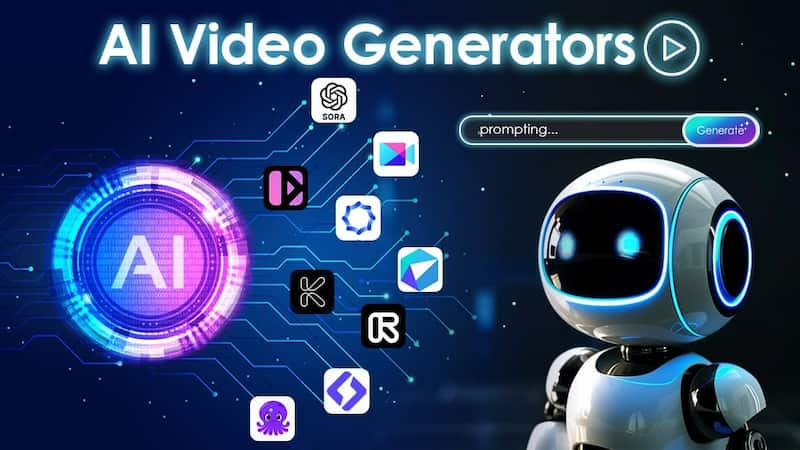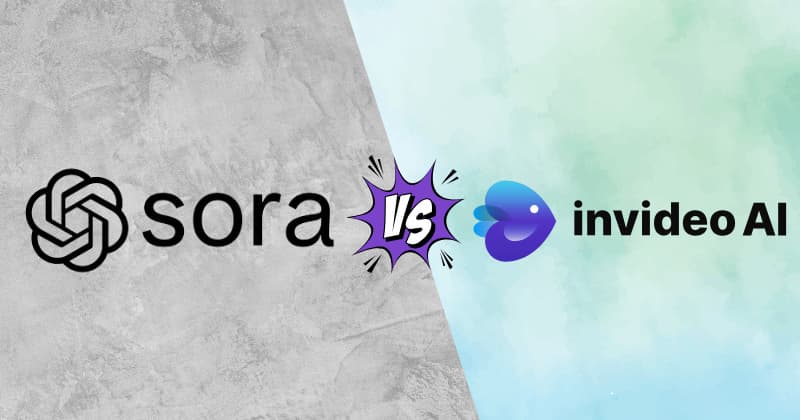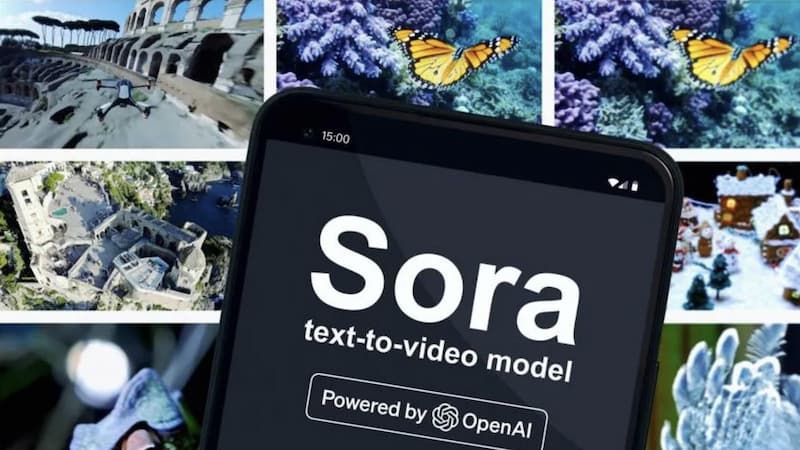Searching for the Best 5 AI Video Generators? Here you go with the article to know about it. As the demand for engaging video content continues to soar, businesses and content creators are increasingly turning to artificial intelligence (AI) video generators to streamline production and enhance creativity. These innovative tools sora openai leverage machine learning and advanced algorithms to transform scripts, images, and even audio into captivating videos with minimal human intervention. This shifting paradigm is not only making video production more accessible and affordable but also empowering creators to experiment with new ideas and formats that were previously time-consuming or costly.

In this landscape of AI-driven technology, several platforms stand out as leaders in the field, each offering unique features that cater to diverse needs. From providing personalized video solutions to automating complex editing tasks, tools like Deepbrain AI, Colossyan, Sora AI, HeyGen, and InVideo are reshaping how we create and consume content. In this article, we will explore these top AI video generators, examining their key features and benefits to help you choose the right tool for your video production needs.
Best AI Video Generators
Deepbrain AI
Deepbrain AI is a versatile platform that excels in converting text into video content. Utilizing advanced deep learning techniques, it seamlessly transforms written scripts into visually stunning videos with lifelike animations and voiceovers. Deepbrain’s capabilities allow users to create educational videos, promotional materials, and more with ease, making it perfect for marketers and educators alike. Users can customize avatars, choose different backgrounds, and even adjust voice settings to align the video with their branding, resulting in a polished end product that engages viewers effectively.
Colossyan
Colossyan stands out for its user-friendly interface and powerful features that cater to both novices and experienced creators. With a library of customizable templates and a broad range of royalty-free media assets, Colossyan enables users to produce professional-quality videos within minutes. Its AI-driven capabilities also include advanced text-to-speech options, enhancing the audio experience of the final product. Whether you’re creating a social media campaign or training materials, Colossyan’s versatility and ease of use make it a top choice for content creators looking to maximize their productivity.
Sora AI
Sora AI takes video generation to the next level with its emphasis on collaboration and interactivity. This platform allows multiple users to work on projects concurrently, making it ideal for teams and organizations focused on producing collaborative content. Sora AI also offers various design features, such as filters and animations, to spice up the visuals of any video project. Moreover, its integration with popular cloud services ensures that assets can be easily shared and accessed, promoting an efficient workflow that accommodates the demands of remote collaboration.
HeyGen
HeyGen is known for its cutting-edge technology that creates realistic virtual avatars that can speak in multiple languages. This feature is particularly beneficial for global outreach, as it allows users to create localized content without needing to hire multiple voiceover artists. HeyGen’s AI-powered video generation is ideal for industries such as e-learning and marketing, where personalized communication is essential. With its focus on authenticity and representation, HeyGen empowers designers to produce personalized videos that resonate with diverse audiences.
InVideo
InVideo is a comprehensive editing platform that boasts an extensive library of templates and stock footage. Its AI-driven features assist users in crafting compelling video narrative structures, making it a favored tool for marketers and social media managers. InVideo’s versatility allows for the creation of anything from promotional clips to social media posts, all while providing seamless customization tools for effects, transitions, and text overlays. This platform is particularly ideal for users looking to blend creativity with speed, as it streamlines the entire editing process from conception to completion.
Also Check: How To Use Sora AI
Conclusion
In an age where visual content reigns supreme, AI video generators are not just tools but essential partners in the creative process. The platforms highlighted—Deepbrain AI, Colossyan, Sora AI, HeyGen, and InVideo—offer a range of unique features tailored to various use cases, enabling creators to unleash their imagination and produce high-quality videos efficiently. By harnessing the power of these advanced technologies, individuals and businesses can craft engaging narratives that captivate audiences and drive meaningful engagement. As the landscape of video content continues to evolve, integrating AI tools into your creative workflow can provide a significant edge in achieving your goals. For more information on Sora ai visit https://soraai.mov website.

